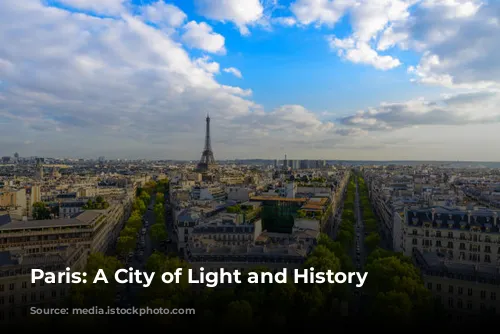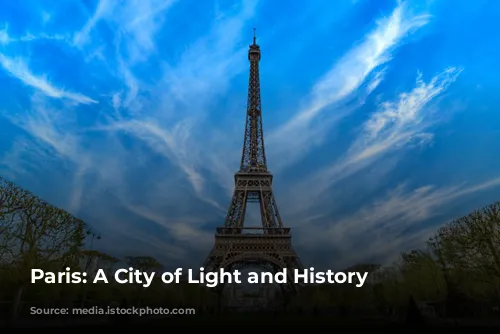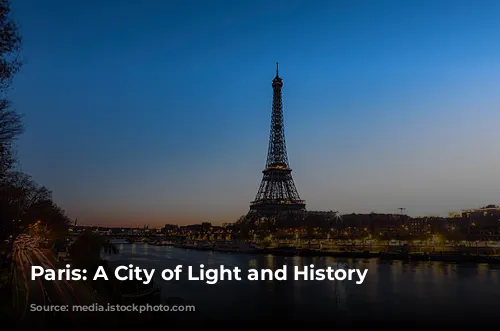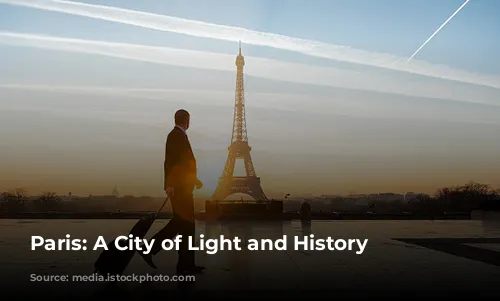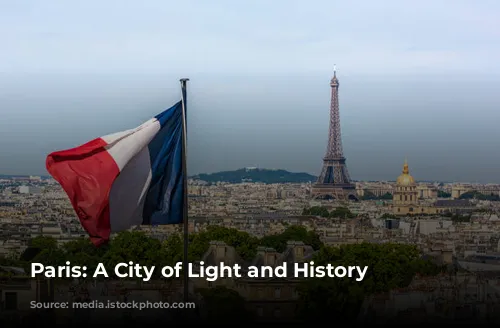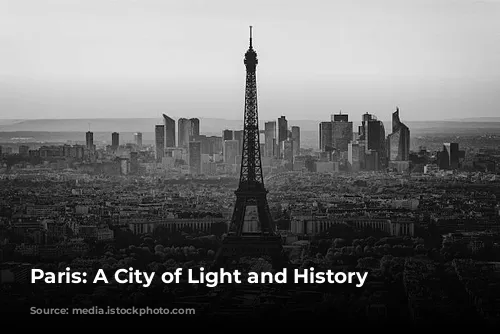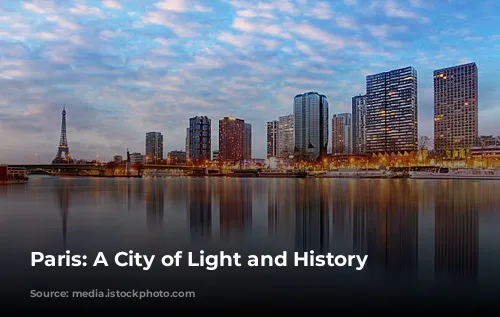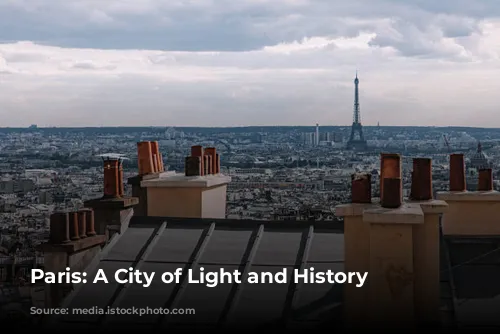Paris, the captivating capital of France, sits nestled in the heart of the country, where the Seine River gracefully winds its way. The city’s story stretches back to around 7600 BCE, when early inhabitants settled along the riverbanks. From its humble beginnings on the Île de la Cité, Paris has expanded outwards, engulfing both sides of the Seine and becoming a sprawling metropolis. Today, it stands as a vital hub of commerce and culture, radiating influence throughout France and beyond.
The City of Light, a title earned during the Enlightenment, perfectly captures the spirit of Paris. The city’s intellectual heritage, artistic prowess, and lively cultural scene have drawn people from all corners of the globe for centuries. Paris is synonymous with gastronomy, haute couture, and the intellectual community, its reputation as a global centre for thought and creativity unparalleled.
Paris: A City of Growth and Conflict
The strategic location of Paris at the crossroads of major trade routes has played a pivotal role in its development. In the 1st century BCE, Rome recognized the island’s strategic importance, establishing it as the capital of the Parisii tribe. Under the Frankish king Clovis I, Paris became the seat of power in 494 CE, and the city’s dominance continued to grow under the Capetian dynasty, cementing its status as the heart of France.
Paris has long been a symbol of centralized power, drawing talent and energy from the provinces. The Seine River divides the city into three distinct areas: the Île de la Cité, home to both religious and secular authority; the Left Bank, known for its intellectual life; and the Right Bank, which pulsates with the city’s economic heart.
While Paris is renowned for its dynamism, its history is also marked by periods of intense conflict. The clash of power and ideology has often resulted in turmoil, leaving its mark on the city’s soul. The years 1358, 1382, 1588, 1648, 1789, 1830, 1848, and 1871 stand as testament to the city’s resilience in the face of social and political upheaval.

Paris: A City of Expansion and Modernization
The growth of Paris has been a continuous process, gradually expanding outwards in a nearly circular shape. Over time, the city has absorbed surrounding towns, many of which were built around monasteries, churches, and markets. The city’s growth patterns have shifted over the centuries, with a focus on expansion eastward from the 14th to 16th centuries, followed by westward expansion in subsequent periods.
Paris is divided into 20 arrondissements, each with its own mayor, town hall, and unique character. The arrondissements are numbered in a spiraling pattern, starting from the heart of the city and progressing outwards. These districts are referred to by their number, with Parisians proudly identifying their neighbourhoods as the “first,” “second,” “third,” and so on.
The city’s relentless growth has presented unique challenges, including immigration, housing shortages, social infrastructure, public utilities, suburban development, and zoning. These challenges have fostered a vast urban agglomeration, a testament to Paris’s ongoing evolution.
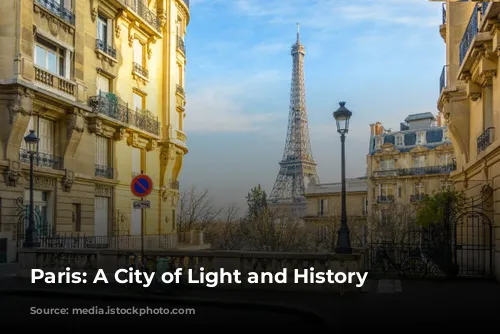
Paris: A City of Green Spaces and Natural Beauty
Located at the heart of the Île-de-France region, Paris is a city blessed with natural beauty. The Seine River flows through the city, and it is surrounded by vast forests of beech and oak, aptly nicknamed the “lungs of Paris.” These forests play a vital role in purifying the air in this heavily industrialized region.
Despite its immense size, the city proper remains surprisingly compact, with no corner more than 6 miles from the square in front of Notre-Dame Cathedral. Paris is nestled in a depression created by the Seine River, with surrounding heights forming the city’s natural boundaries. The city’s topography is varied, from the butte of Montmartre, the highest point at 430 feet, to the Grenelle area at 85 feet.
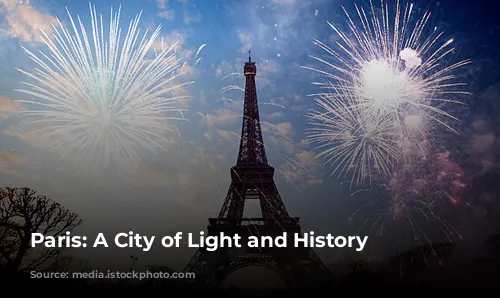
Paris: A City of Flowing Waters and Tranquil Gardens
The Seine River is the city’s lifeblood, gracefully meandering through its heart for about 8 miles. It enters the city from the southeast, flowing northwestward before turning gradually southwestward. The river’s changing orientation has led to the simple and enduring designations of Right Bank and Left Bank (when facing downstream). The river’s banks, at least where they haven’t been transformed into expressways, are lined with cobbled quays, shaded by trees and shrubs. These peaceful promenades offer a respite from the bustling city life.
Paris is surprisingly well-endowed with green spaces. Besides the Seine River’s tranquil banks, the city boasts a vast network of parks, gardens, and squares. Many of these green oases were once part of the royal estates on the city’s outskirts. Under Napoleon III, impressed by London’s park system, two royal military preserves were transformed into the Bois de Boulogne to the west and the Bois de Vincennes to the east. These vast parks continue to provide refuge for Parisians and visitors alike.
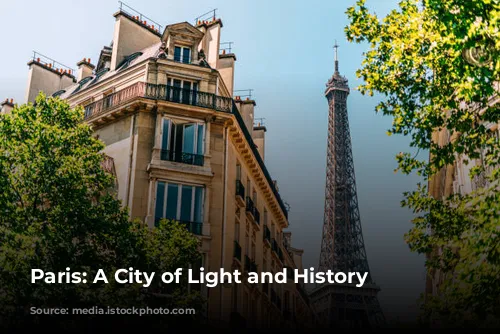
Paris: A City of Innovation and Sustainable Growth
In recent decades, Paris has taken bold steps to further enhance its green spaces. Mayor Jacques Chirac initiated efforts to create new parks, a commitment that has continued into the 21st century. The Promenade Plantée, a partially elevated parkway built on an abandoned rail line and viaduct, is a prime example of this commitment. This innovative project, completed in 1994, was the world’s first elevated park and the first “green space” constructed on a viaduct. It has inspired other cities to repurpose abandoned rail lines into public parkland, proving that even in a bustling metropolis, nature can thrive.
Paris, with its rich history, dynamic culture, and breathtaking beauty, remains a beacon of inspiration for cities around the world. This city, a constant source of innovation and renewal, continues to hold a special place in the hearts of those who have fallen under its spell.
